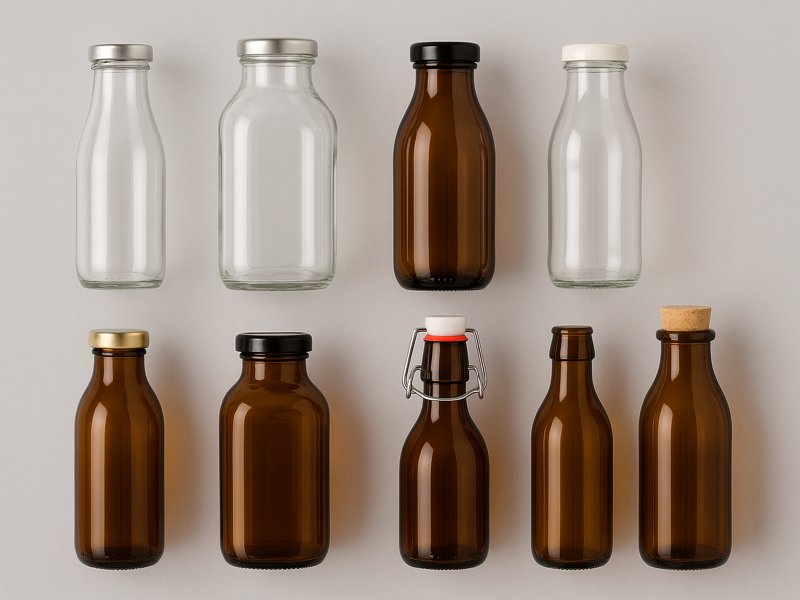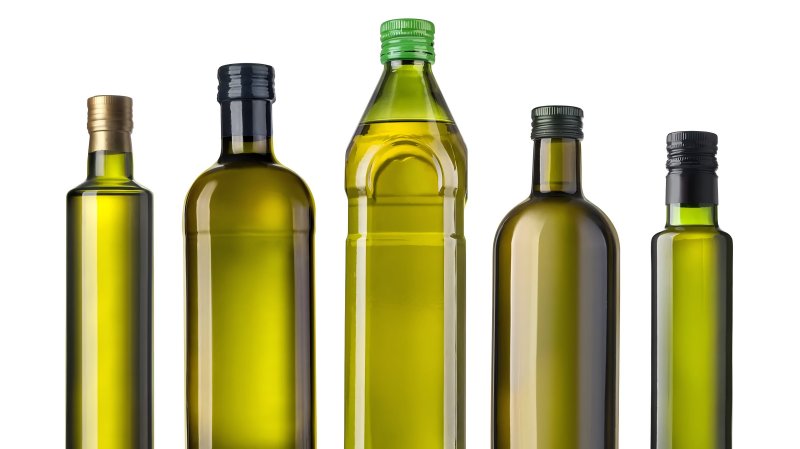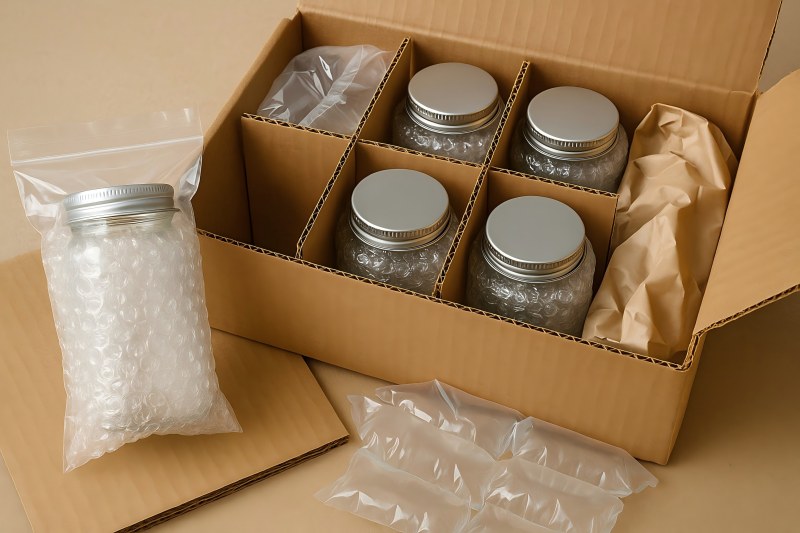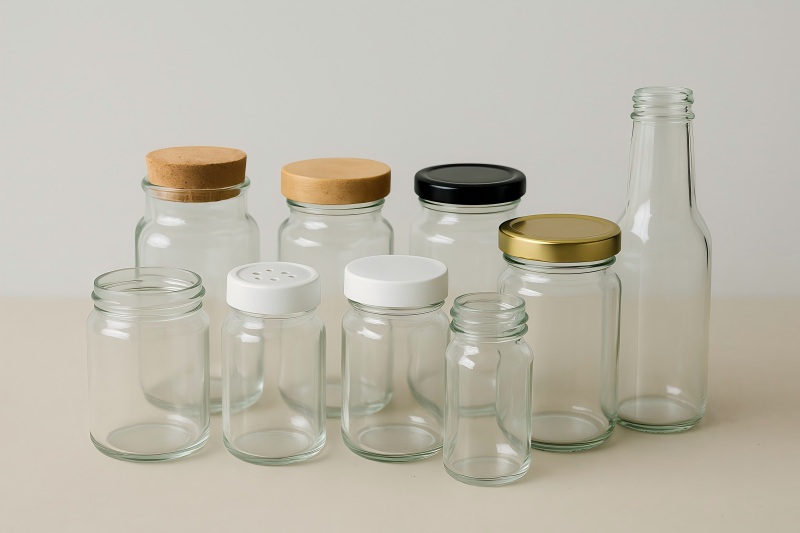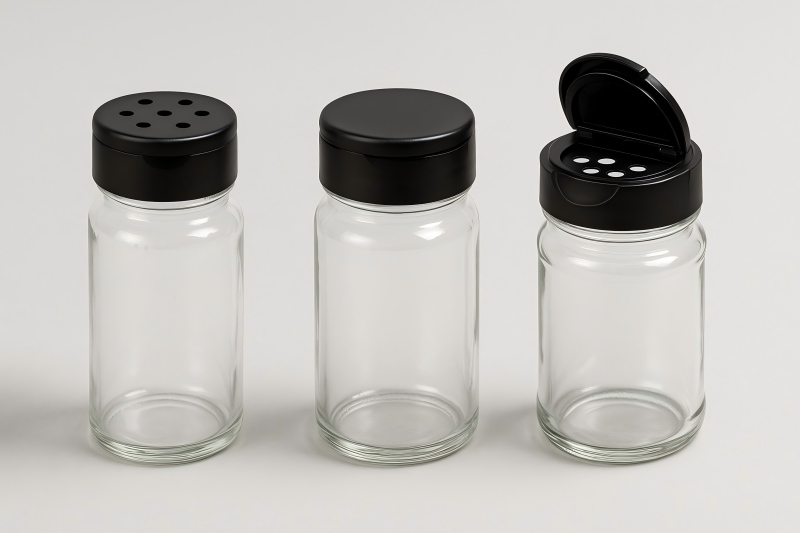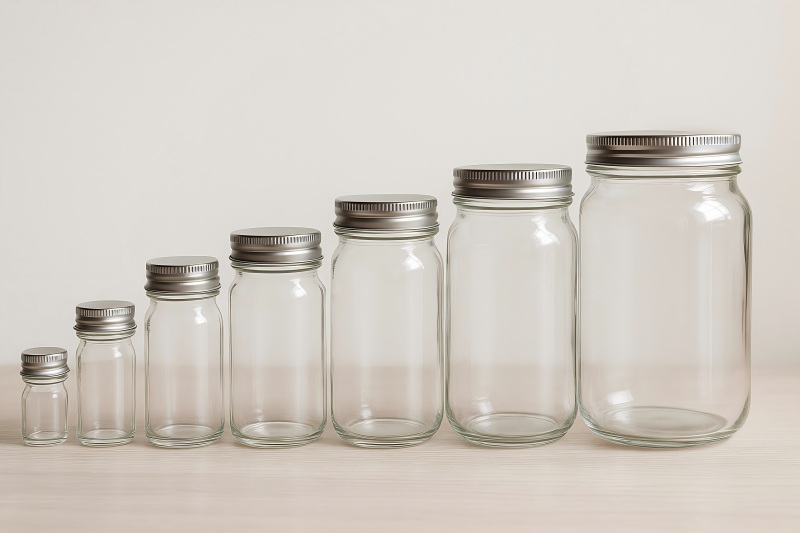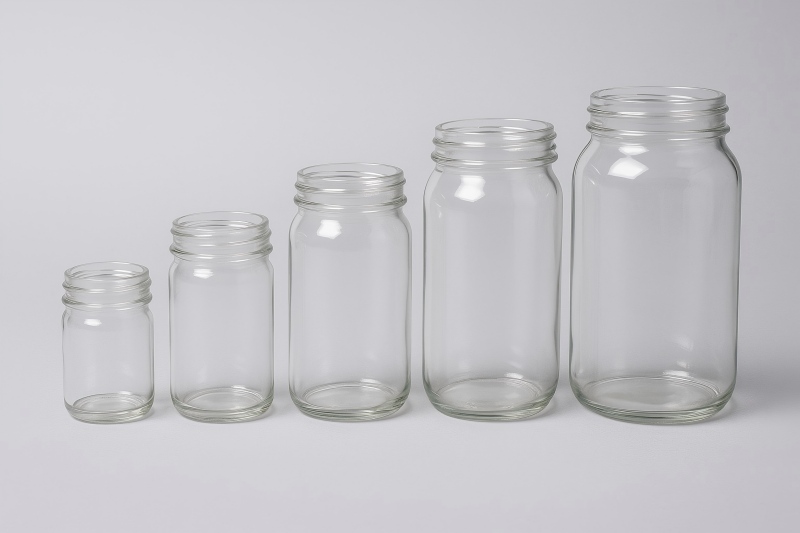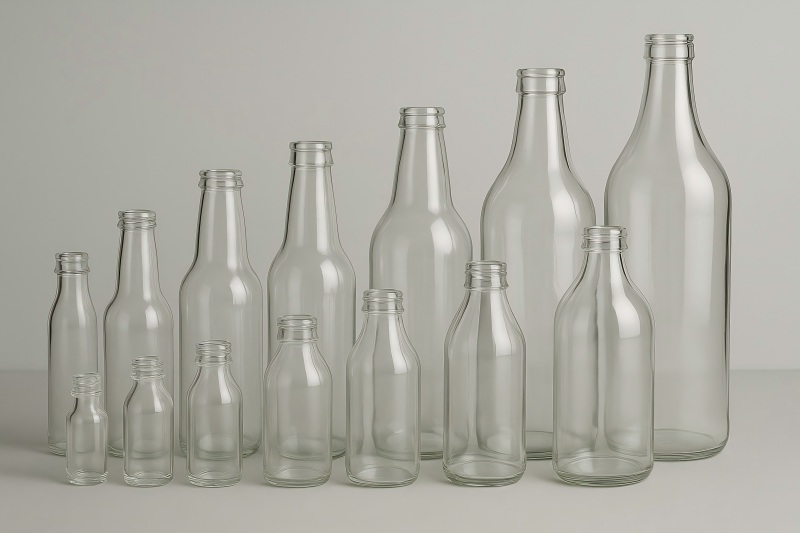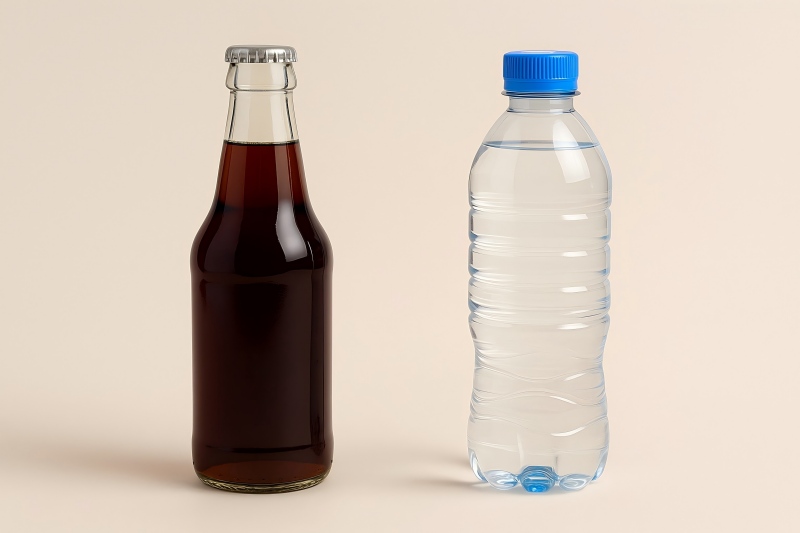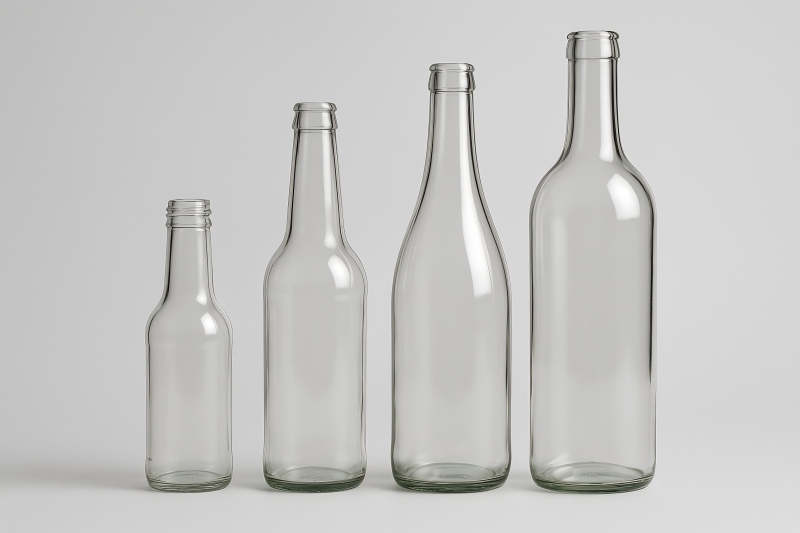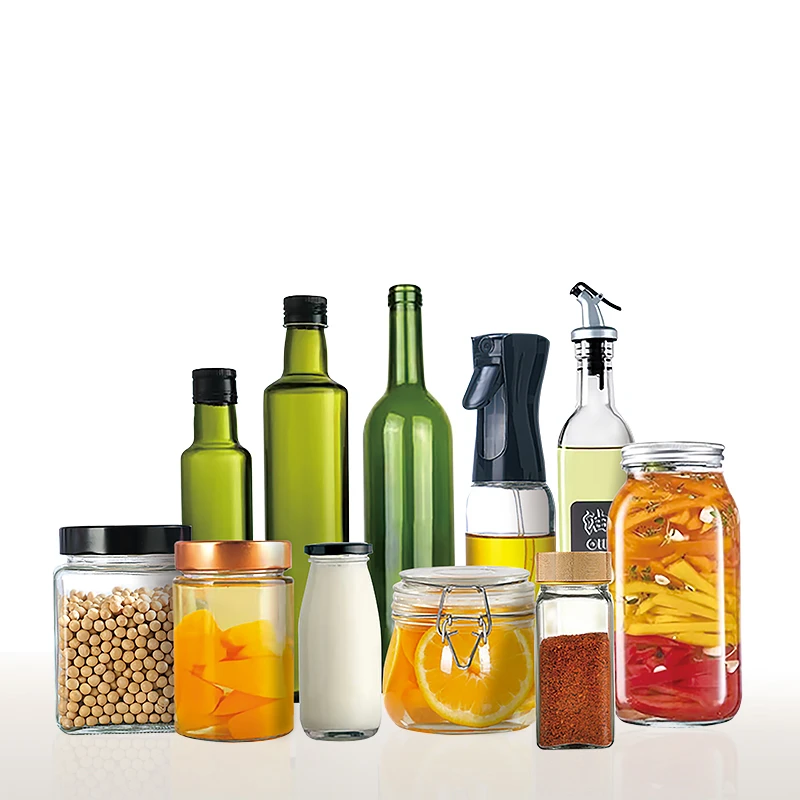How to Choose the Right Bottles for Olive Oil: A Complete Buyer’s Guide
Whether you’re a boutique olive oil producer, a culinary entrepreneur, or an experienced bottler looking to repackage your product, choosing the right bottle for olive oil isn’t just about aesthetics. The right packaging plays a vital role in preserving quality, extending shelf life, reinforcing your brand identity, and meeting regulatory standards.
Why Bottle Choice Matters for Olive Oil
Olive oil is sensitive to light, oxygen, heat, and moisture. These environmental factors can degrade its flavor, aroma, and nutritional value, particularly the polyphenols and antioxidants that make it so beneficial.
Improper packaging can lead to:
- Oxidation, causing rancid flavor
- Loss of aroma and nutrients
- Shortened shelf life
- Customer dissatisfaction or spoilage claims
Hence, your bottle must act as both a preserver and a brand ambassador.
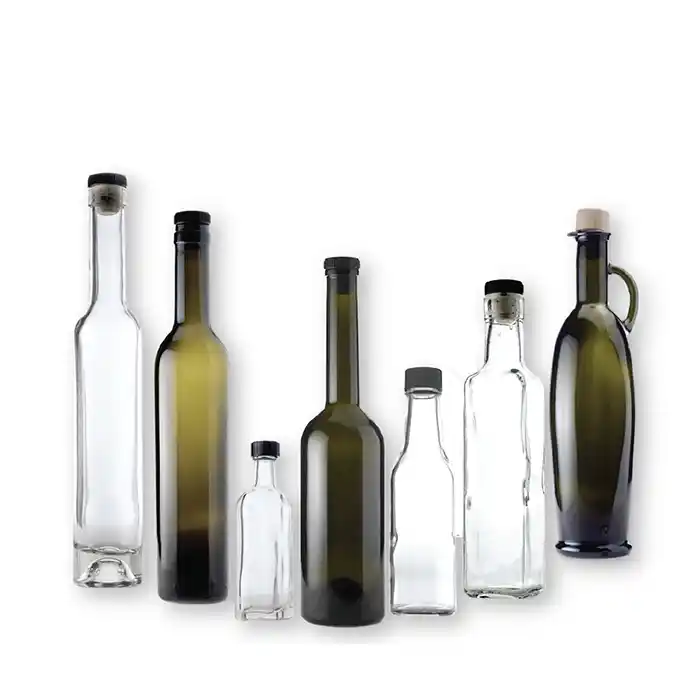
Key Considerations When Choosing Olive Oil Bottles
Let’s walk through the essential criteria one by one:
Material: Glass vs. PET vs. Tin
| Material | Pros | Cons | Best For |
| Glass | Excellent barrier to oxygen and moisture; premium look; recyclable | Heavier; breakable; costlier | Premium brands, gift sets, retail |
| PET Plastic | Lightweight; shatterproof; cost-effective | Permeable to oxygen; may absorb odor/flavor | Budget options, bulk sales, e-commerce |
| Tin (metal cans) | Totally opaque; durable; industrial look | Not transparent; can dent | Large volumes, food service, gourmet markets |
Verdict: For most retail brands aiming to preserve quality and deliver a premium image, glass bottles are the top choice.
Color of the Bottle
Olive oil degrades when exposed to UV and visible light. Colored bottles help block this.
| Bottle Color | Light Protection | Market Positioning |
| Dark green (antique) | Very high | Most common for EVOO |
| Amber/brown | Excellent | Used in some artisanal packaging |
| Black (opaque) | 100% | Ideal for UV shielding |
| Clear (flint) | None | Only for short-term storage or display use |
Tip: If branding requires clear bottles, combine with a box or label wrap to protect against light exposure.
Bottle Shape and Size
Your bottle’s shape strongly reflects and reinforces your brand identity. Some shapes are also easier to handle, store, or pour from.
Common Shapes
| Shape | Description | Typical Use |
| Dorica | Tall, cylindrical, elegant | Premium oils |
| Marasca | Square profile, classic look | Retail staples |
| Flask / Round | Rounded shoulders | Artisan or rustic appeal |
| Bellissimo / Specialty | Decorative shapes | Gifts or upscale lines |
Sizes
- 100ml–250ml: Samplers, gifts, flavored oils
- 500ml: Most popular retail size
- 750ml–1L: For heavy-use customers, bulk consumers
- >1L (e.g., 3L, 5L): Foodservice, family packs, metal tins often used here
Closures and Dispensing Options
A secure and convenient closure ensures safety and usability. Here are the main options:
| Closure Type | Features | Best For |
| Screw cap | Basic seal, reclosable | Standard retail |
| Tamper-evident cap | Security seal included | Commercial sales |
| Pour spout (integrated or separate) | Controlled flow, prevents spills | Table use, home cooks |
| Non-refillable pourer | Brand protection; prevents refilling/reuse | High-end oils, export markets |
| Cork or T-cap | Elegant, artisanal feel | Gift packaging or specialty oils |
| Pump (spray) | Light application control | Low-cal cooking or packaging innovations |
Label and Branding Area
Bottle design must accommodate proper label placement, including:
- Front label: Brand, origin, variety (e.g., Arbequina, Koroneiki)
- Back label: Nutrition info, barcode, bottling date, best-before date
- Neck label (optional): Additional certifications, e.g., PDO, organic
Check for:
- Smooth label surface
- Adequate label space (especially on curved bottles)
- No embossing that interferes with label adhesion
Regulatory Compliance and Food Safety
Depending on your target market, your olive oil bottle must meet certain regulatory standards.
Global Considerations
- FDA (U.S.): Bottles must be food-grade and closures tamper-evident.
- EU: PDO/PGI olive oils have stricter labeling and origin rules.
- Codex Alimentarius: International standard for purity and labeling.
- ISO 22000 / HACCP: Food safety certification across packaging and bottling.
Check also:
- BPA-free certification for plastic bottles
- Migration tests for closure compatibility
- Shelf life tests for barrier integrity
Logistics and Storage Requirements
Beyond marketing and compliance, practical shipping and handling needs matter.
| Factor | Recommendation |
| Breakability | Glass requires stronger outer packaging, foam inserts, or shrink wrap. |
| Weight | PET reduces shipping cost but compromises on oxygen barrier. |
| Stackability | Choose shapes (e.g., square) that minimize wasted space. |
| Palletization | Bottle design should support standard carton sizing and efficient palletizing. |
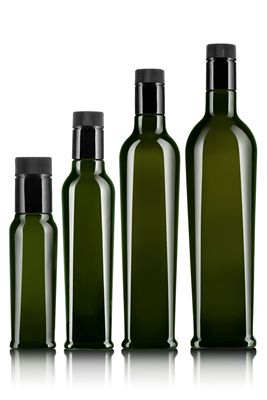
Environmental & Sustainability Factors
Sustainability is increasingly influencing buying decisions. Consider:
| Option | Environmental Benefit |
| Recycled glass bottles (PCR) | Reduce energy and raw material use |
| Lightweight glass | Lower carbon footprint from shipping |
| Refillable glass | Closed-loop system for local markets |
| Bioplastics / compostable PET | Still emerging in food packaging |
Also, design for recyclability: Avoid dark-colored plastics and complex mixed materials that hinder recycling.
Cost Considerations
Cost isn’t just about the bottle itself. It includes:
- Per-unit bottle cost
- Closure cost
- Label printing and application
- Shipping (by weight, volume)
- Breakage rate and insurance
| Bottle Type | Estimated Unit Cost (USD, ex-factory) |
| 250ml clear PET | $0.15 – $0.25 |
| 500ml amber glass Dorica | $0.40 – $0.60 |
| 500ml Marasca with pourer | $0.55 – $0.75 |
| 1L tin | $0.80 – $1.10 |
Customization and Differentiation
Use unique bottle designs to stand out on shelves.
- Embossing / Debossing: Brand logo or origin etched into the glass
- Colored closures: Match cap color to brand palette
- UV silk-screen printing: Direct print onto the bottle
- Shrink sleeves: 360-degree wrap designs
- Wax-sealed corks: Vintage or luxury presentation
Choosing the Right Supplier
When sourcing bottles, ensure your supplier offers:
- Food-grade compliance certification
- MOQ flexibility (especially for artisanal producers)
- Custom mold services if needed
- Compatibility testing (closure + bottle fit)
- Sample runs for evaluation
Popular sourcing regions include:
- Europe (Italy, Spain, Portugal): High-quality glass for premium markets
- China and India: Affordable for high-volume orders
- Turkey and Tunisia: Strong in olive-oil-specific packaging
Practical Recommendations by Business Type
| Business Type | Suggested Bottle |
| Gourmet Brand / Premium Line | 500ml Dorica or Bellissimo in dark green glass with pourer and embossed branding |
| Retail Supermarket | 500ml or 1L Marasca with screw cap and shrink band |
| Food Service / B2B | 3L–5L metal tin with screw cap or pull-out spout |
| E-commerce Seller | Shatterproof PET bottles or smaller 250ml sampler sets in gift boxes |
| Organic / Health-Focused | Amber glass with minimalist labels and eco closures |
Finding the Perfect Match
Choosing the right bottles for olive oil involves balancing protection, function, branding, and cost. It’s not a one-size-fits-all decision. The key is to align your target market, product positioning, and technical needs into a cohesive packaging strategy.
Here’s a concise checklist to finalize your olive oil packaging.
✅ Does the bottle protect against light and oxygen?
✅ Is the closure secure and appropriate for your oil type?
✅ Does it support your branding and price point?
✅ Is it aligned with all applicable food safety rules?
✅ Can it survive transport without high breakage rates?
✅ Is it scalable for your projected production volume?
If you can check all of these boxes, you’re well on your way to delivering olive oil that delights customers and preserves quality from press to pour.

